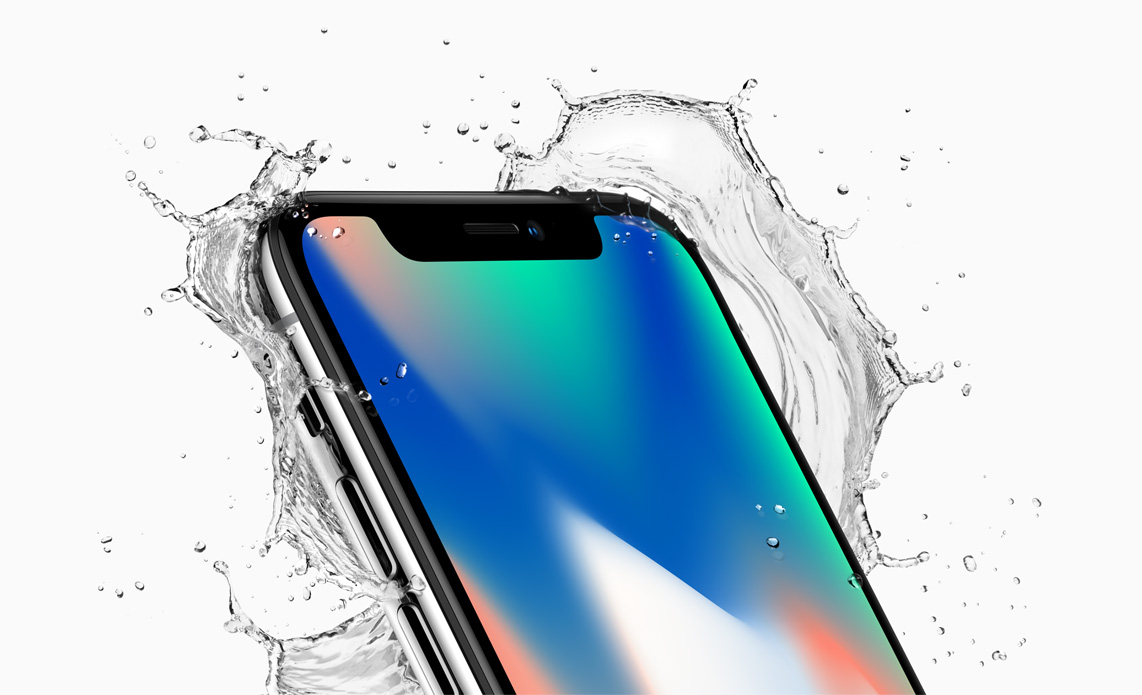As everyone involved probably knows by now, the iPhone X is going to have some pretty serious availability issues. This topic has been talked about for several weeks and based on many foreign reports, both from classic news sites and from "insiders", we know that behind the small number of produced pieces is the complex production of components for the frontal Face ID module. Server Bloomberg today brought the somewhat disturbing information that, in order to avoid even worse problems with the availability of the new phone, Apple adjusted the specifications during quality control so that more newly manufactured modules would pass.
It could be interest you

In practice, this means that even those components that would not have previously passed the output quality control will go through the complex production process. With this release of production specifications, the resulting quality of individual components will logically deteriorate (to what extent it is not yet clear), but their production will be considerably accelerated, which in the end will have a domino effect, as it will be possible to produce more phones in a shorter time.

According to Bloomberg, this change concerns a specific part of Face ID, more precisely, it should be a special laser projector that will be used to map the faces of phone users. Apple had extremely high demands on the quality of the production of this work, which went so far that one of the three manufacturers dropped out because it could not deliver components of sufficient quality. This caused significant delays due to production restrictions. And it is this limitation that should be corrected by Apple partially relaxing its demands on the resulting quality.
It could be interest you

However, this is not just a problem with the laser projector. LG and Sharp, which supply special lenses for this particular system, also share their share of the blame for the delay. Even they did not avoid quality problems, which again slowed down production significantly. It is not yet clear to what extent Apple has discounted its claims. It will be interesting to see if the first reviews reveal any more fundamental differences in the Face ID function for phones with still "old" (and manufactured according to older and stricter rules) parts and the newer ones, where QC is not so strict.
Source: Bloomberg
It's really not very good news that a phone that costs from 30000 CZK will have some kind of shunt as a component...
the question is whether reducing the demand for quality in production accuracy, e.g. the size of the module from a tolerance of 0.005mm to 0.01, will change anything.
The question is what is a shunt and what is an unjustified demand for quality. Tests may have shown this to be unnecessarily strict. I doubt that Apple wants to work on problems with complaints.
Again, fake as a pig, you state it here as a clear fact, but:
1. it is not at all believable that Apple will save on the most discussed part (FaceID) for the anniversary model and the flagship
2. Apple denied the report.
Maybe then the phone would be too "great" and Apple would have nothing to improve in the coming years. :)